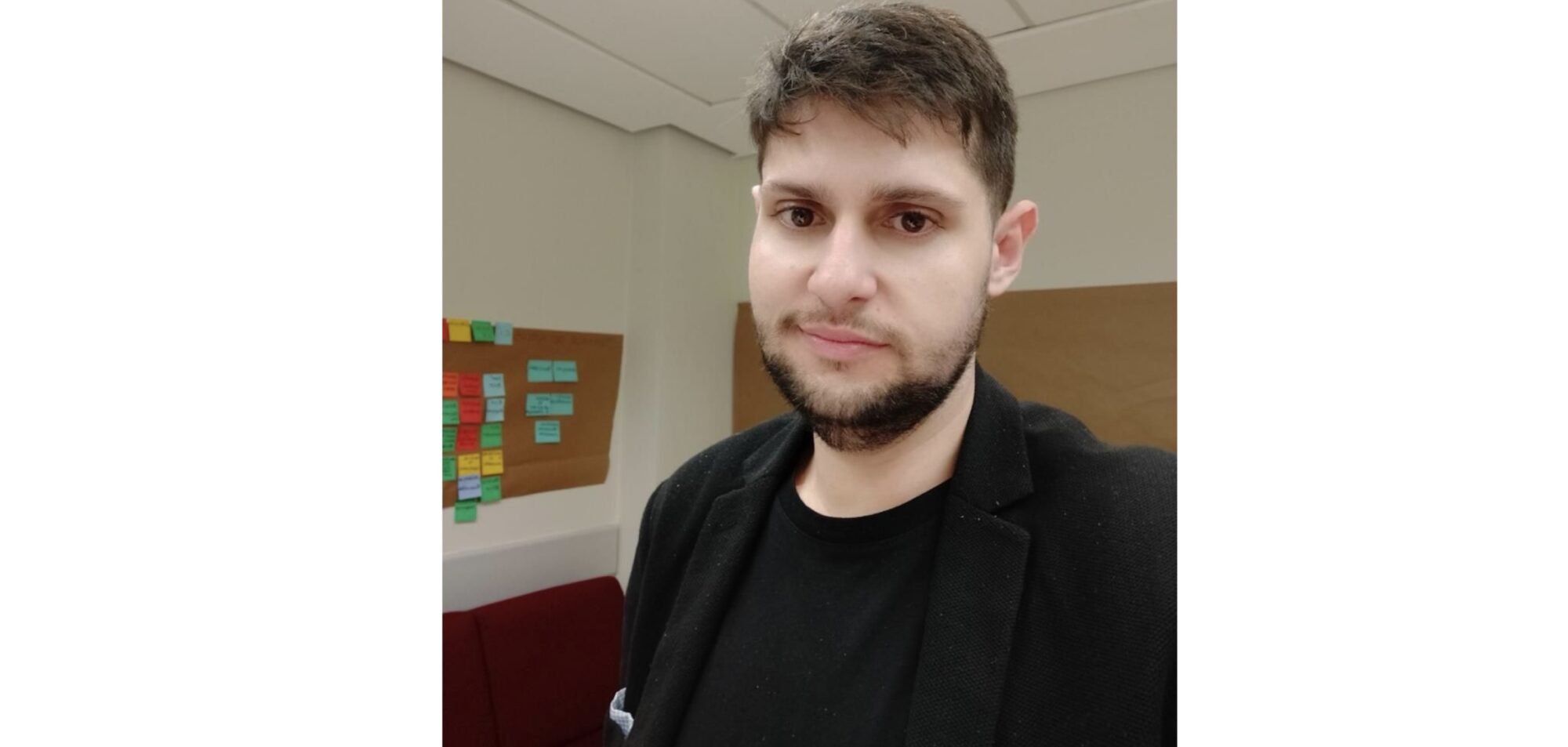One of the country’s largest banks has taken a decisive step towards modernizing its risk governance by implementing a unified risk management, compliance, and audit tool. Leading this transformative project is Adriano Assem dos Santos, a young and talented leader at the bank, responsible for managing this strategic shift that directly impacts the institution’s internal control structure. With more than 40 professionals involved, the initiative aims to standardize methodologies, create a unified reporting system, and integrate various control functions, thereby strengthening governance and operational efficiency.
The Risk Management, Compliance, and Audit Tool was developed to centralize risk assessment and response activities, consolidating processes that previously operated in a fragmented manner across second and third-line areas. According to Adriano Assem, “The creation of this tool marked a turning point in how the bank views and manages its risks. Today, we have an integrated vision and a more strategic approach, directly connected to corporate objectives.”
Since the beginning of its implementation, the project has been recognized as one of the most strategic initiatives within the organization. Adriano personally led the methodological integration across departments, defined key performance indicators, and guided teams towards prioritizing key themes. “The unification brought clarity in accountability, agility in responding to events, and greater robustness in the reports presented to the executive board,” explained the executive.
Adriano Assem’s tenure at the bank began in 2013, with experience across various departments such as strategic consulting, data analysis, product management, and digital transformation. His accumulated experience over more than a decade has enabled him to confidently take on the challenge of orchestrating this major risk management project. He also managed interactions with service providers and suppliers to ensure the success of the initiative.
The project also focused on aligning internal control and audit teams, fostering synergies that were previously limited by fragmented structures. According to Adriano, “The closer collaboration between defense lines expanded the understanding of risks and strengthened the culture of compliance within the organization.”
Adriano also stood out by initiating partnerships with leading universities for research and the development of innovative risk management solutions. The goal of this initiative is to keep the bank at the technological and methodological forefront, anticipating regulatory and market trends.
Beyond the technical aspects, the project also involved restructuring teams and forming new high-performance groups. “We made structural changes with a focus on agility and operational excellence. Teams underwent training and were repositioned based on their competencies, which significantly enhanced the value delivered to the bank,” stated Adriano.
The transformation led by Adriano has garnered internal recognition and has been used as a model for other initiatives within the institution. Integration with corporate systems also enabled greater automation in the collection and analysis of risk data, providing more accurate and real-time reports for management.
With the adoption of the unified tool, the bank has strengthened its position in the face of regulatory and operational challenges in the banking sector, especially in an environment of constant digital transformation and increasing compliance demands. The now-centralized strategic approach to risk management provides greater resilience and adaptability to change.
Looking ahead, Adriano Assem plans to continuously improve the tool, with investments in artificial intelligence and predictive analytics. “Our goal is to transform data into strategic decisions, anticipate risks, and support the bank’s sustainable growth,” he concluded.
The quiet revolution happening behind the scenes in risk management reflects the growing importance of this area in the financial sector. And with professionals like Adriano Assem leading the way, the institution is demonstrating that it is prepared to face the challenges of an increasingly regulated and dynamic market.
Note: This article features Adriano Assem dos Santos, a leader with extensive experience in organizational transformation, strategic project management at large scale, and leadership of multidisciplinary teams. His expertise includes risk management, strategic planning, and turnaround processes, with a notable contribution in the creation of a unified risk management tool, resulting in methodological standardization and process optimization. Adriano holds an MBA in Project Management from FGV, combining a solid academic foundation with a consistent practical trajectory.
By Isabelle Price

































